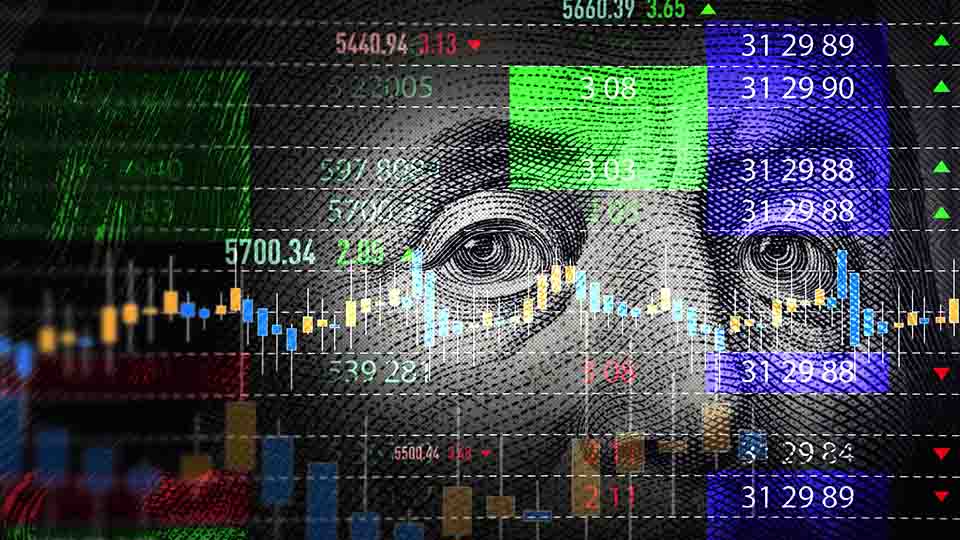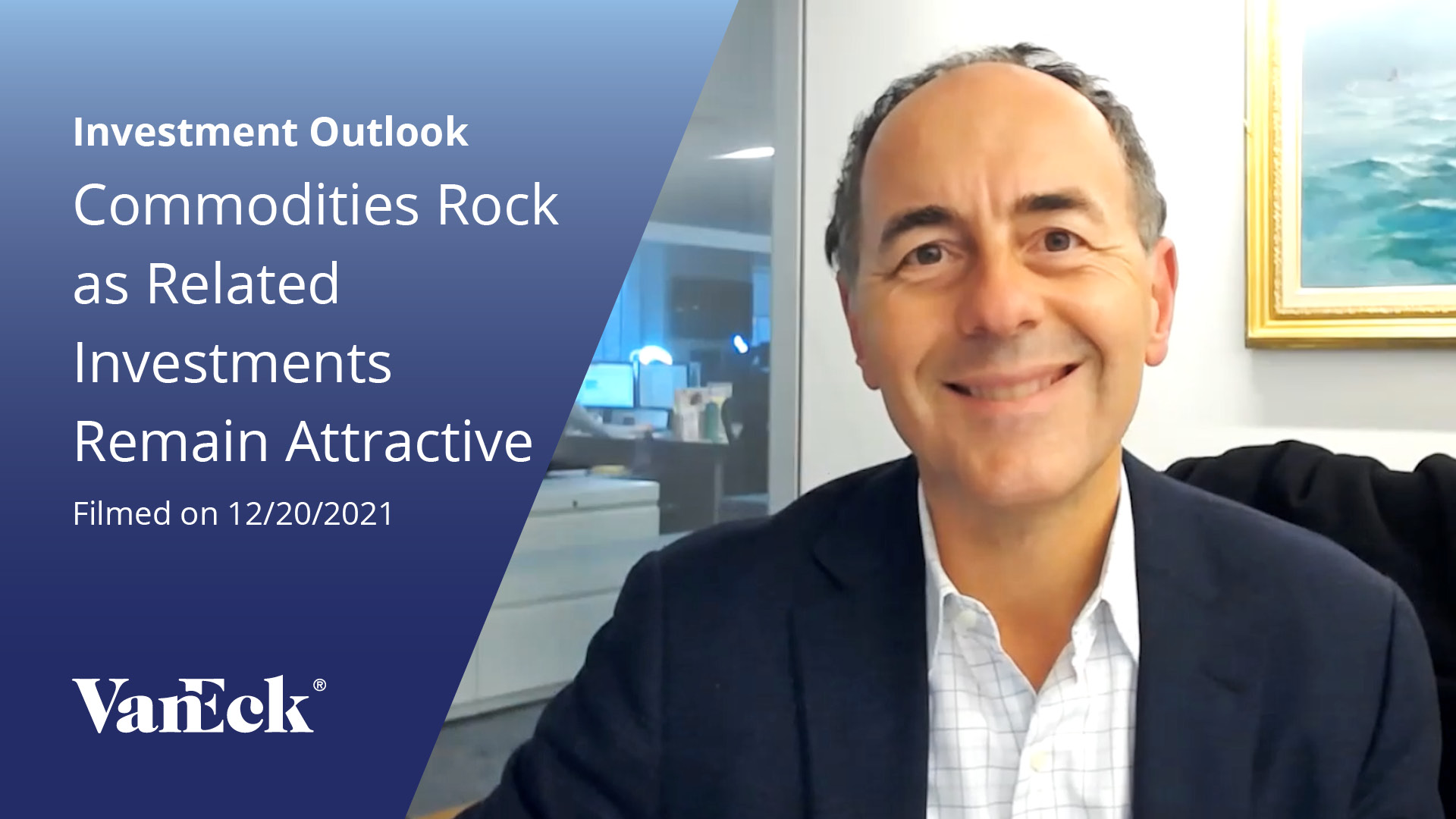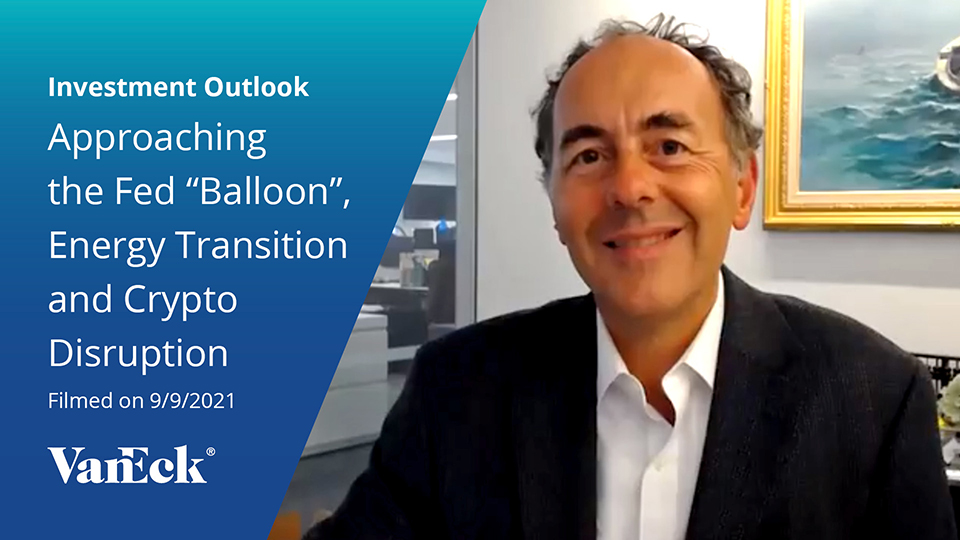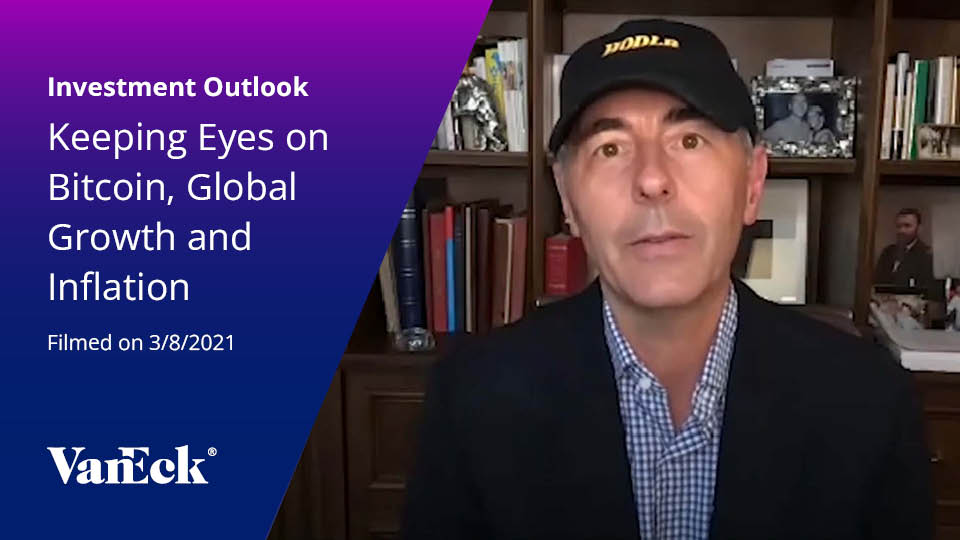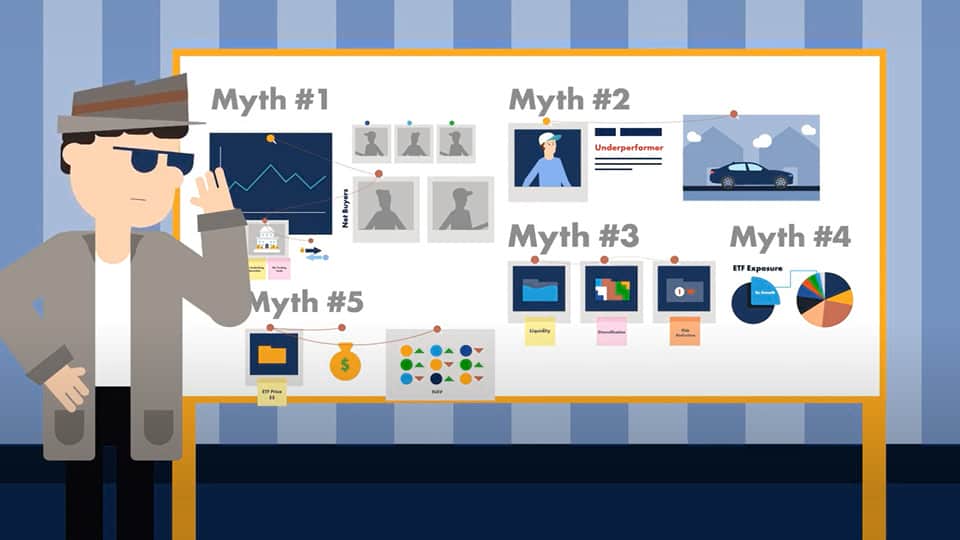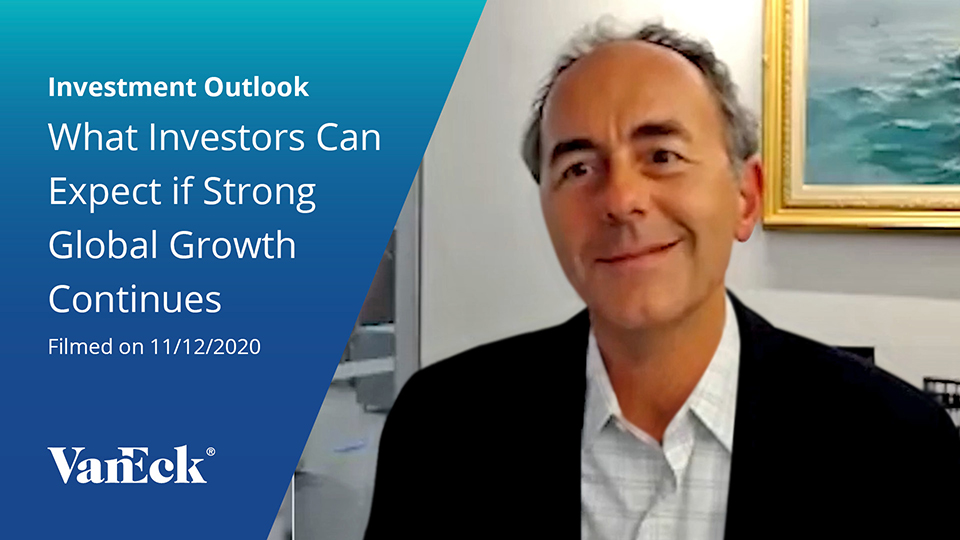ETF 103: Does Your ETF Have High Standards?
18 February 2020
Watch Time 3:01 MIN
Would you ever purchase a car, blindly—before looking into factors such as crash rating, gas mileage and how the car is priced compared to other manufacturers? Of course not—similarly it is important to pop the hood of your ETFs and evaluate them, before purchasing.
However, knowing how to evaluate an ETF is a skill
Investors can fine tune their skill sets by focusing on three main areas: ETF construction, performance and total costs
Construction
One of the first steps in evaluating an ETF is understanding how it’s constructed—by looking at the underlying holdings, investors can develop a realistic picture of its overall exposure.
For example, if an investor is seeking targeted exposure to a specific sector, looking into whether an ETF holds large multinational conglomerates may factor into whether or not that particular ETF is the best fit.
Investors should also examine the security inclusion rules of the underlying index, meaning—the rules that govern what securities the fund should hold, and furthermore, determines how the fund allocates to those selected securities.
Performance
Tacking a fund’s performance can be done through multiple lenses- giving investors insight into how an ETF performs on its own and in comparison to its peers or underlying index.
The three main lenses of performance are:
1.Individual fund performance over time -- giving insights into how market conditions affect it
2. Performance versus peers -- displaying how differences in fund make-up affect reactions to changes in the market
3.Performance versus the underlying index -- evaluating the total return difference to measure how closely an ETF performed relative to its index
Total Cost
“Low cost” is a common attribute associated with ETFs however, there are still expenses associated with investing in ETFs and it’s important to understand them
1.Fund expenses or, expense ratios -- explicit costs of ETFs. While low fund expenses can seem like a positive, be aware of the kind of performance or exposure that accompanies them.
2.Trading costs -- These can include commissions, liquidity, and bid-ask spreads which affect the ease of cost-effective trading.
3. Portfolio turnover and rebalancing -- ETFs periodically rebalance their holdings to remain in line with their respective indexes and hold securities in the correct proportions. The more frequent they rebalance, the higher the portfolio turnover -- and the greater the chance of elevated trading costs—providing a system of checks and balances
4.Capital gains -- some types of ETFs may still generate tax liabilities
Knowing how to evaluate an ETF is a critical skill for successful investors. By taking the time to pop the hood of an ETF- understanding its exposure, performance and costs, you should be well-equipped to choose the right ETF for your needs.
To learn more, visit
Important Disclosures:
This is not an offer to buy or sell, or a solicitation of any offer to buy or sell any of the securities mentioned herein. The information presented does not involve the rendering of personalized investment, financial, legal, or tax advice. Certain statements contained herein may constitute projections, forecasts and other forward looking statements, which do not reflect actual results, are valid as of the date of this communication and subject to change without notice. Information provided by third party sources are believed to be reliable and have not been independently verified for accuracy or completeness and cannot be guaranteed. The information herein represents the opinion of the author(s), but not necessarily those of VanEck.
Past performance is not a guarantee of future results. Performance may be lower or higher than performance data quoted. Please visit vaneck.com for performance current to the most recent month end.
Diversification does not assure profit nor protect against loss.
The "Net Asset Value" (NAV) of a VanEck Vectors Exchange Traded Fund (ETF) is determined at the close of each business day, and represents the dollar value of one share of the fund; it is calculated by taking the total assets of the fund, subtracting total liabilities, and dividing by the total number of shares outstanding. The NAV is not necessarily the same as the ETF's intraday trading value. VanEck Vectors ETF investors should not expect to buy or sell shares at NAV.
ETF Fund shares are not individually redeemable and will be issued and redeemed at their net asset value (NAV) only through certain authorized broker-dealers in large, specified blocks of shares called "creation units" and otherwise can be bought and sold only through exchange trading. Shares may trade at a premium or discount to their NAV in the secondary market. You will incur brokerage expenses when trading Fund shares in the secondary market.
Investing involves substantial risk and high volatility, including possible loss of principal. Bonds and bond funds will decrease in value as interest rates rise. An investor should consider the investment objective, risks, charges and expenses of the Fund carefully before investing. To obtain a prospectus and summary prospectus, which contains this and other information, call 800.826.2333 or visit vaneck.com. Please read the prospectus and summary prospectus carefully before investing.
Related Insights
IMPORTANT DEFINITIONS & DISCLOSURES
This material may only be used outside of the United States.
This is not an offer to buy or sell, or a recommendation of any offer to buy or sell any of the securities mentioned herein. Fund holdings will vary. For a complete list of holdings in VanEck Mutual Funds and VanEck ETFs, please visit our website at www.vaneck.com.
The information presented does not involve the rendering of personalized investment, financial, legal, or tax advice. Certain statements contained herein may constitute projections, forecasts and other forward looking statements, which do not reflect actual results. Information provided by third-party sources are believed to be reliable and have not been independently verified for accuracy or completeness and cannot be guaranteed. Any opinions, projections, forecasts, and forward-looking statements presented herein are valid as of the date of this communication and are subject to change without notice. The information herein represents the opinion of the author(s), but not necessarily those of VanEck.
The views contained herein are not to be taken as advice or a recommendation to buy or sell any investment in any jurisdiction, nor is it a commitment from Van Eck Associates Corporation or its subsidiaries to participate in any transactions in any companies mentioned herein. This content is published in the United States. Investors are subject to securities and tax regulations within their applicable jurisdictions that are not addressed herein.
All investing is subject to risk, including the possible loss of the money you invest. As with any investment strategy, there is no guarantee that investment objectives will be met and investors may lose money. Diversification does not ensure a profit or protect against a loss in a declining market. Past performance is no guarantee of future results.

